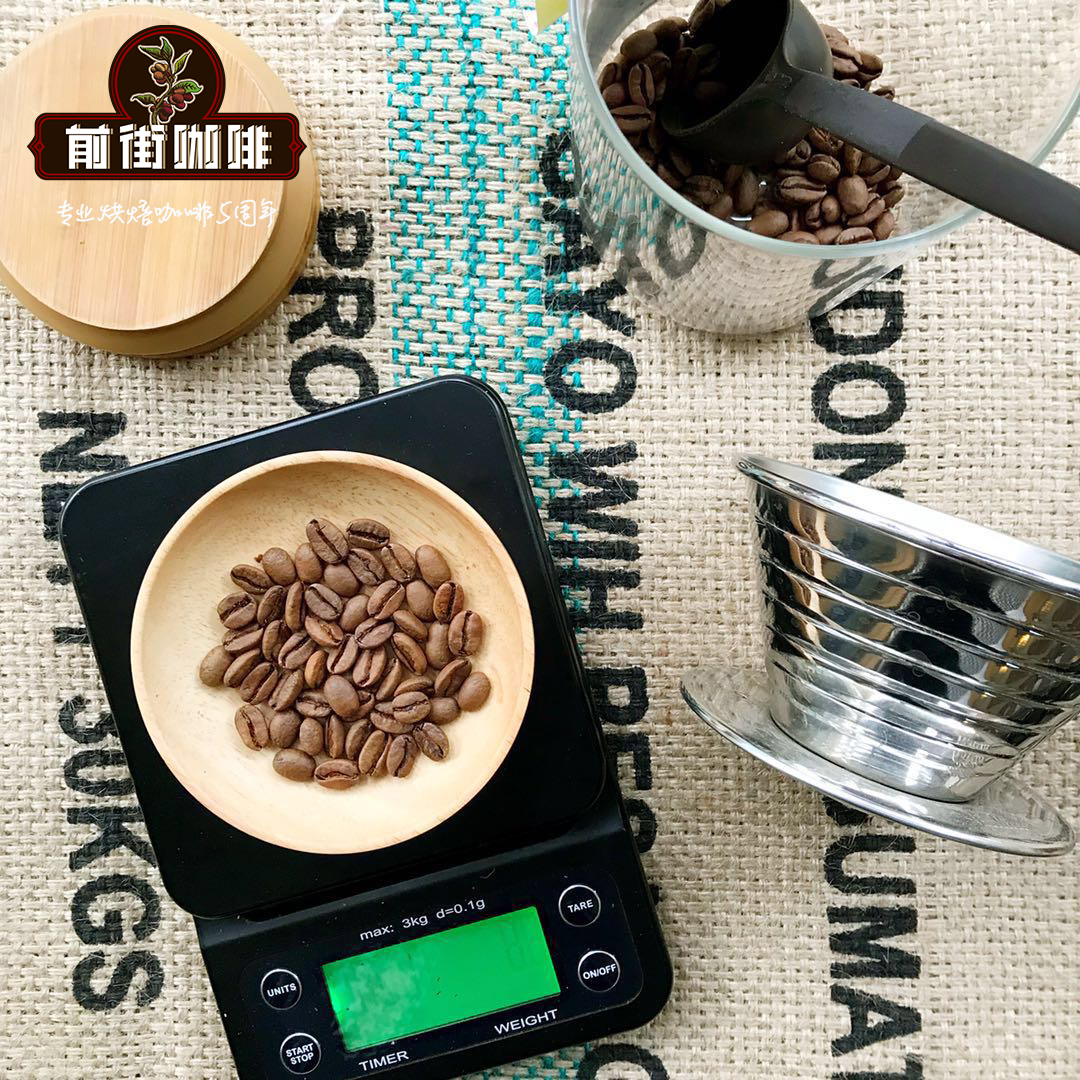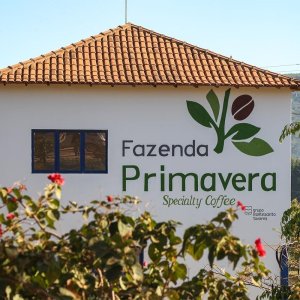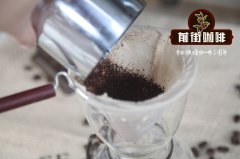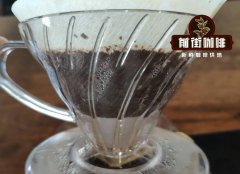Introduction of Coffee Flavor characteristics of Natural Spring Manor in Brazil

Country: Brazil
Producing area: Primavera (Primavera)
Treatment: insolation
Flavor: dark chocolate, hazelnut
Introduction of origin
Central and South America is currently the largest coffee producing area in the world. Among them, Brazilian coffee accounts for 30% of the total global coffee production. It is not only the largest coffee production country in Central and South America, but also the largest coffee production country in the world. Brazil itself is the second consumer of coffee in the world, after the United States. Brazilian coffee was introduced into Brazil in the 1720s by Francesco Paletta, a Portuguese captain from French Gaiana. Since then, coffee has been grown rapidly in Brazil to where it is today.
Brazilian coffee is widely grown in flat areas, and after decades of cultivation, Arabica coffee trees that do not need high altitude and shade have been improved. The unsheltered coffee makes the coffee fruit grow faster, the flavor development is not complete, and the hardness of beans is not as good as plateau beans, the acidity of the fruit is obviously low, the flavor is monotonous, and the coastal Rio coffee even has iodine and salty taste. In addition, the status of Brazilian coffee was low due to overproduction and uneven quality caused by massive cultivation before 1990. Until the establishment of the Brazilian Coffee Association in 1991, after advocating half-sun treatment to improve the quality, we planted extremely hard beans comparable to high altitude, and with the assistance of the American Fine Coffee Association, held the first Brazilian Coffee Competition (Cup of Excellence) in 1999. Over the years, under the evaluation of international cup testers, the flavor has gradually reached its peak and is known as the coffee kingdom. Although Brazilian coffee is not as bold and enthusiastic as Brazilians, it is gentle and supple, mellow and moderate, sour and bitter balanced, and its refreshing and harmonious flavor can be said to be an alternative enthusiasm of coffee.

About FAZENDA PRIMAVERA
Fazenda Primavera Farm is located in Minas Gerais (MinasGerais), an ancient coffee growing area in southeastern Brazil, which is also one of Brazil's four top quality producing areas, accounting for 20 per cent of the country's exports. The farm grows rows of dark green with hints of yellow from Ricardo and Fazenda's Catuai. The name of this variety comes from the vernacular, meaning "very good (very good)" along with Kaddura, New World and bourbon as the four main coffee varieties in Brazil. And this is where the owner, Ricardo Tavares (Ricardo Tavares), realized his dream of producing specialty coffee. They were recently named one of the most important sustainable farms in Brazil and won the Brazilian Award of Excellence in 2018.
The owner of the estate, Ricardo Tavares (Ricardo Tavares), is committed to the coffee industry following in his father's footsteps. As an innovator of coffee production, he advocates and supports new coffee production. The manor is between 1000 and 1050 meters above sea level, which promotes the growing environment of specialty coffee. In addition, the climate provides favorable conditions, with an average annual temperature of between 20 °C and 24 °C and rainfall of 1000 to 1300 mm. The farm mainly grows red and yellow Catuai, but is also slowly introducing other new varieties, such as Novo Mundo. Farm certificates include Fair Trade, Rainforest Alliance, and environmentally friendly UTZ certification, Minas Coffee and Brazilian Coffee Association.
Important Notice :
前街咖啡 FrontStreet Coffee has moved to new addredd:
FrontStreet Coffee Address: 315,Donghua East Road,GuangZhou
Tel:020 38364473
- Prev

Is Kayanza's coffee the best in Burundi? How does Burundi coffee compare to Kenya?
Flavor: Citrus, Green Apple, Peach Origin: GAHAHE (KAYANZA /Kayanza Province) Processing: Washing Origin Kayanza Province is one of the most famous coffee regions in Burundi. Coffee farms are located in highlands, volcanic terrain fertile soil. But optimal growing conditions alone are not enough to produce high-quality coffee. To get top coffee, proficiency
- Next

Which country is the most authentic cat shit coffee beans? The characteristics and Story of Coffee hand flushing in Musk Coffee
Where is the most authentic Kopi Luwak? What is the best way to brew civet coffee? For a coffee fan, drinking a cup of Jamaican Blue Mountain coffee is not a dream, but drinking a cup of "Kopi Luwak" (civet coffee) is a lifetime without regret. The global production of the scarce "Kopi Luwak" does not exceed 120lb a year, and it is retail in North America and Europe.
Related
- Detailed explanation of Jadeite planting Land in Panamanian Jadeite Manor introduction to the grading system of Jadeite competitive bidding, Red bid, Green bid and Rose Summer
- Story of Coffee planting in Brenka region of Costa Rica Stonehenge Manor anaerobic heavy honey treatment of flavor mouth
- What's on the barrel of Blue Mountain Coffee beans?
- Can American coffee also pull flowers? How to use hot American style to pull out a good-looking pattern?
- Can you make a cold extract with coffee beans? What is the right proportion for cold-extracted coffee formula?
- Indonesian PWN Gold Mandrine Coffee Origin Features Flavor How to Chong? Mandolin coffee is American.
- A brief introduction to the flavor characteristics of Brazilian yellow bourbon coffee beans
- What is the effect of different water quality on the flavor of cold-extracted coffee? What kind of water is best for brewing coffee?
- Why do you think of Rose Summer whenever you mention Panamanian coffee?
- Introduction to the characteristics of authentic blue mountain coffee bean producing areas? What is the CIB Coffee Authority in Jamaica?

